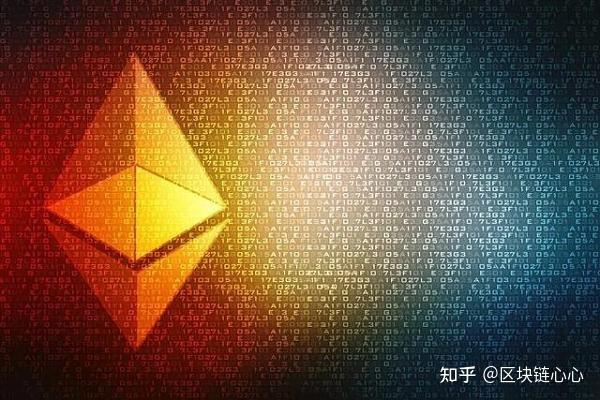Ath and Eth: A Comprehensive Guide
When it comes to cryptocurrencies, two terms often come up more frequently than others: ‘ath’ and ‘eth.’ These terms are crucial for understanding the world of digital currencies. In this article, we will delve into what these terms mean, how they are used, and their significance in the cryptocurrency market.
What is ATH?
ATH stands for ‘all-time high.’ It refers to the highest price a cryptocurrency has ever reached since its inception. This term is particularly important for investors and traders as it provides a benchmark to measure the performance of a cryptocurrency over time.

For example, let’s take Bitcoin (BTC), the world’s first and most well-known cryptocurrency. As of the time of writing, Bitcoin’s ATH is around $69,000. This means that at some point in its history, Bitcoin reached a price of $69,000, making it the highest price it has ever seen.
How is ATH Calculated?
Calculating the ATH of a cryptocurrency is relatively straightforward. You simply need to look at the historical price data of the cryptocurrency and identify the highest price it has ever reached. This can be done by examining the cryptocurrency’s price chart or by using various online tools and platforms that track historical prices.
It’s important to note that the ATH can change over time as the price of the cryptocurrency fluctuates. For instance, if a cryptocurrency reaches a new high after its previous ATH, the new high becomes the new ATH.
What is ETH?
ETH is the abbreviation for Ethereum, which is the second-largest cryptocurrency by market capitalization. Ethereum is a decentralized platform that enables the creation of smart contracts and decentralized applications (dApps). Its native cryptocurrency, Ether (ETH), is used to pay for transaction fees and as a medium of exchange within the Ethereum network.

Ethereum was launched in 2015 by Vitalik Buterin, a Russian-Canadian programmer. Since its inception, Ethereum has gained significant popularity and has become a cornerstone of the cryptocurrency ecosystem.
How is ETH Used?
ETH serves multiple purposes within the Ethereum network. Here are some of the key uses:
-
Transaction Fees: Users pay ETH to cover transaction fees on the Ethereum network. This ensures that the network remains secure and efficient.
-
Smart Contracts: ETH is used to deploy and execute smart contracts on the Ethereum network. Smart contracts are self-executing contracts with the terms of the agreement directly written into lines of code.
-
Token Creation: Developers can create and issue their own tokens on the Ethereum network using the ERC-20 or ERC-721 standards. These tokens can represent various assets, such as digital art, collectibles, or even shares in a company.
ATH and ETH: The Connection
While ATH and ETH are distinct terms, they are closely related in the context of the cryptocurrency market. The ATH of a cryptocurrency, such as ETH, reflects its highest price ever reached, which can be influenced by various factors, including market demand, technological advancements, and regulatory news.
For instance, if Ethereum introduces a significant upgrade or if there is a surge in demand for its network, the price of ETH could potentially reach a new ATH. Conversely, if there is negative news or a decrease in demand, the price of ETH could fall below its previous ATH.
Table: Comparison of ATH and ETH
| Aspect | ATH | ETH |
|---|---|---|
| Description | The highest price a cryptocurrency has ever reached | The native cryptocurrency of the Ethereum network |
| Significance | Used to measure the performance of a cryptocurrency over time | Used for transaction fees, smart contracts, and token creation on the Ethereum network |
| Calculation | Identify the highest price from historical price data | Generated and used within the Ethereum network |
In conclusion, understanding the terms ‘ath’ and ‘eth’ is essential for anyone interested in the cryptocurrency market. ATH provides a benchmark for measuring a cryptocurrency’s performance, while ETH is the native cryptocurrency of the Ethereum network,




